Those are my favorite as well. Something about seeing the deep field images and knowing every dot is a whole other massive galaxy, full of planets and possibilities just excites my imagination.
Thanks for coming out to say Hi
Yet this would be a ridiculous feat to pull off.
Thank you! Wouldn't happen without you guys
For real! Pluto was always this little blob growing up, then it had a fuzzy heart, and then to be able to see it with as much resolution as we did is amazing. It's a curious and beautiful little dwarf
Yeah that one really makes you think about how insignificant things here are in the grand scheme of things.
This is mostly going to be northern hemisphere, but it should be the same from anywhere in the northern hemisphere for the most part
I saw that congrats! I got tied up with work and haven't been able to post as much here, but more people are posting so it's awesome.
view more: next ›

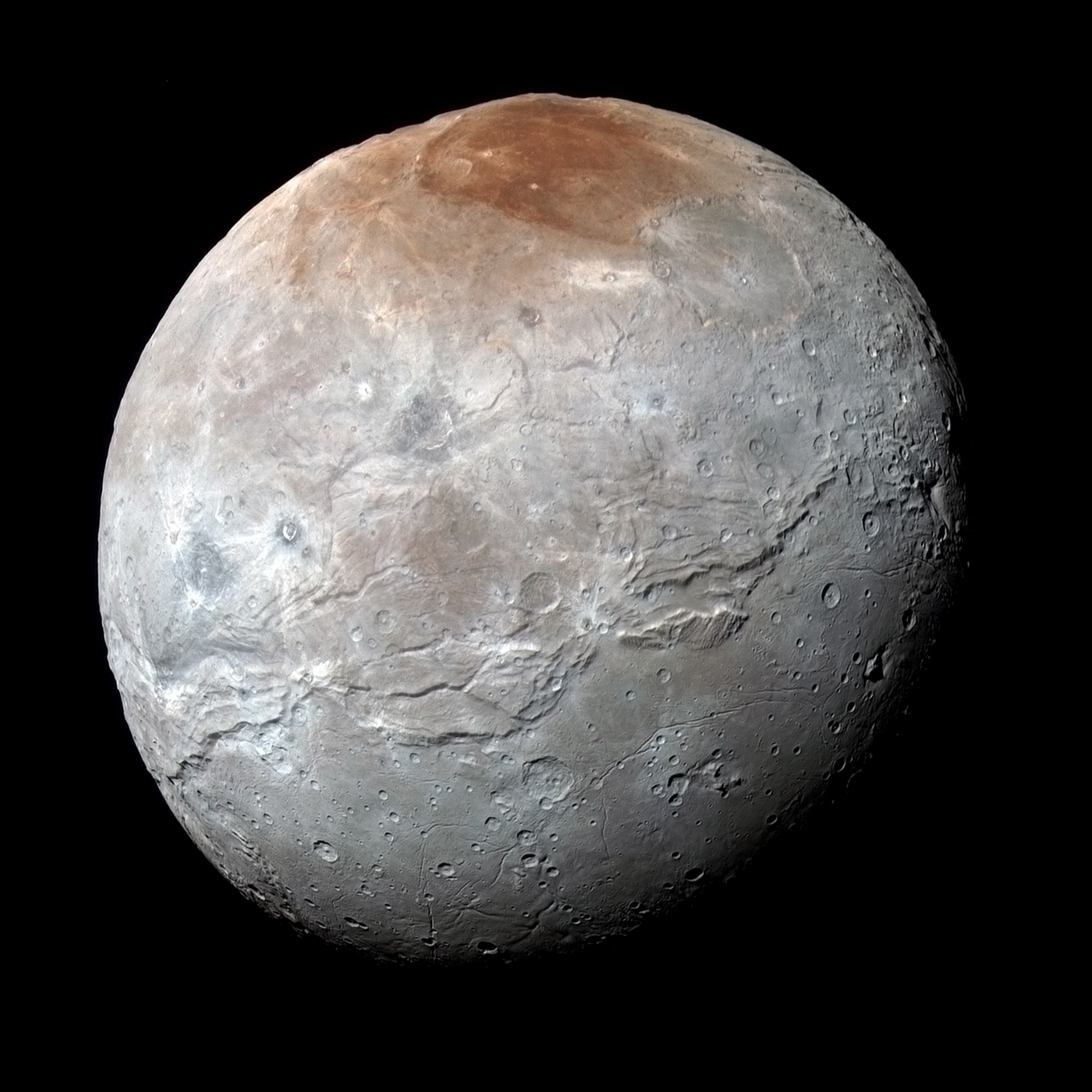
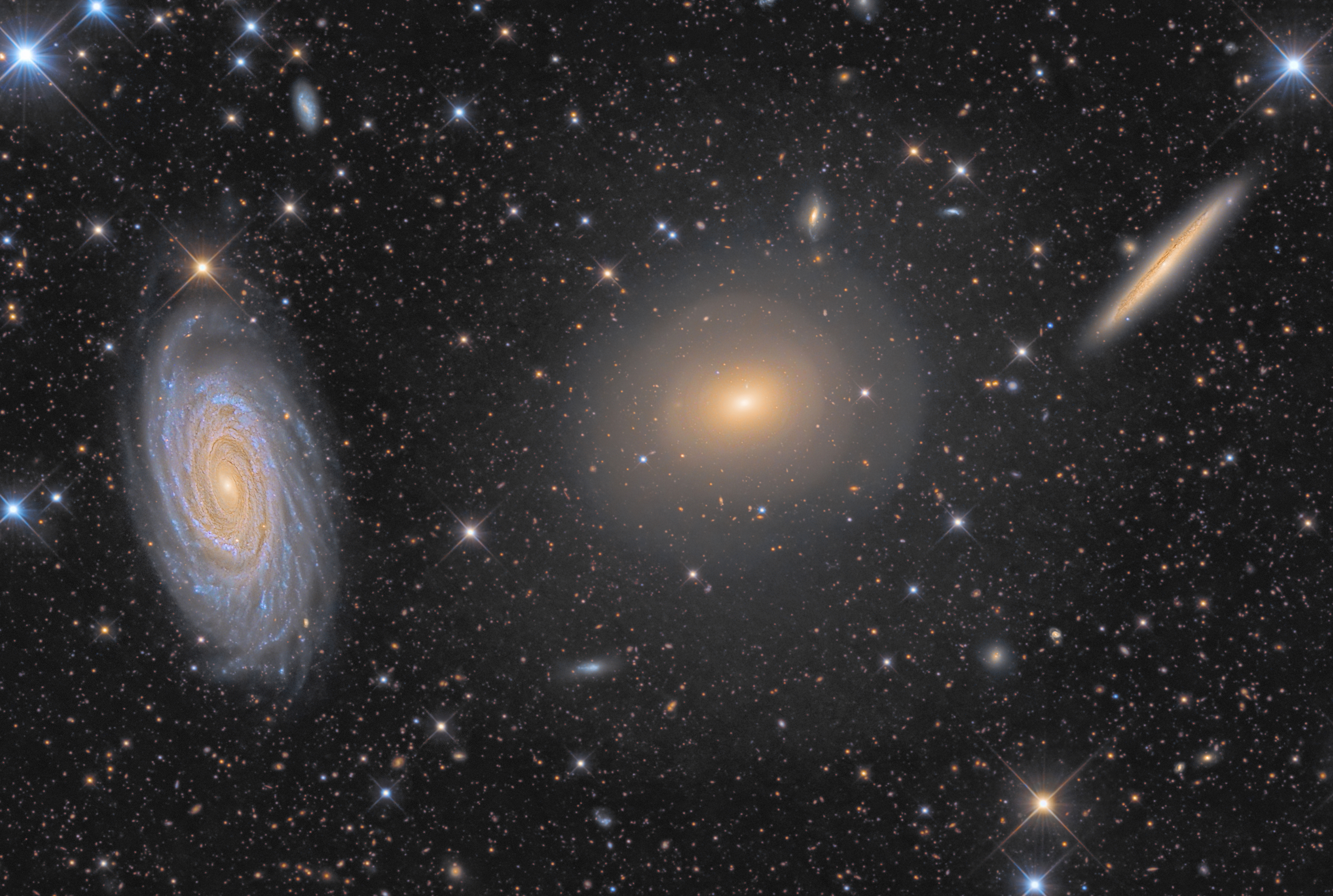
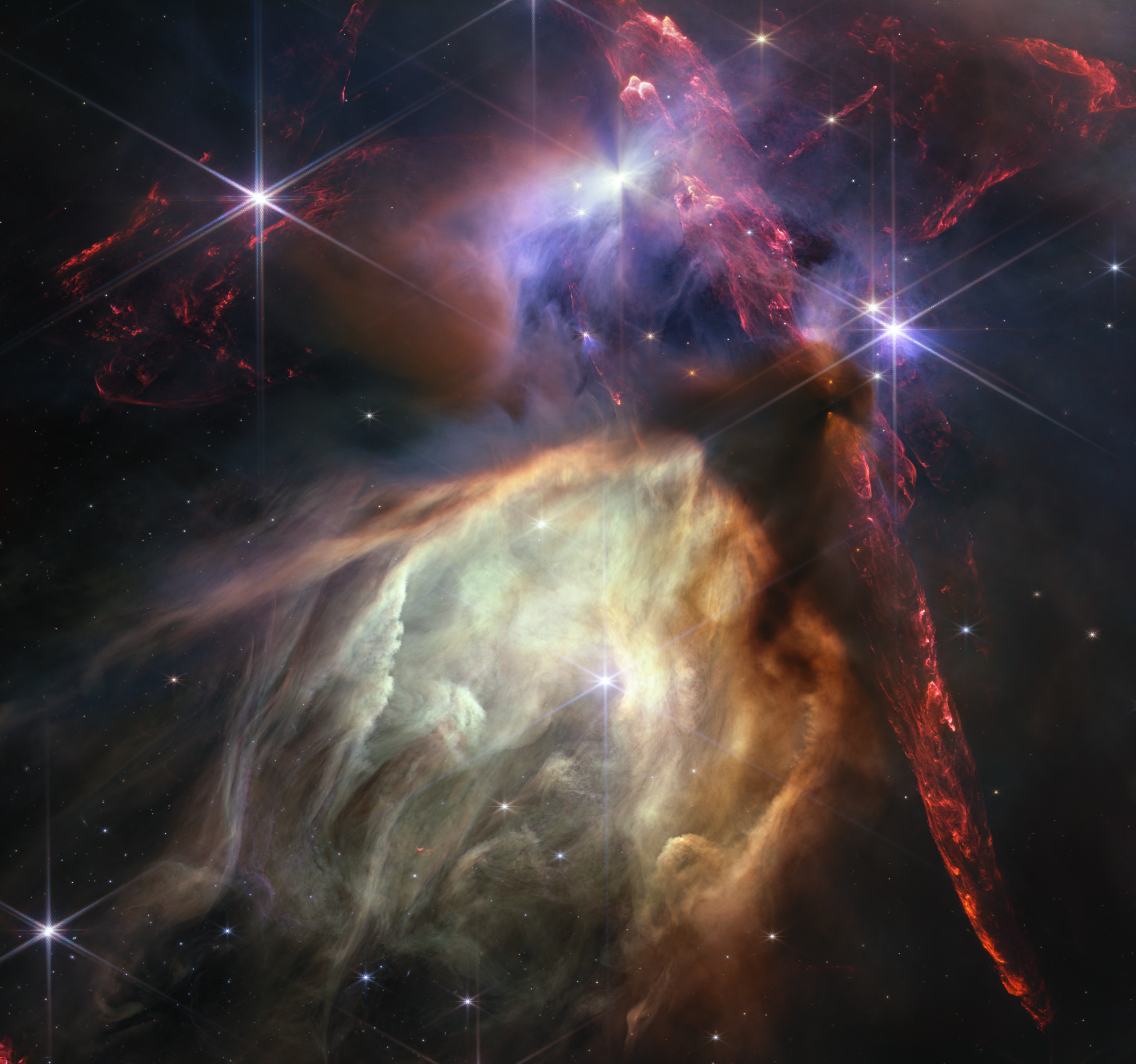
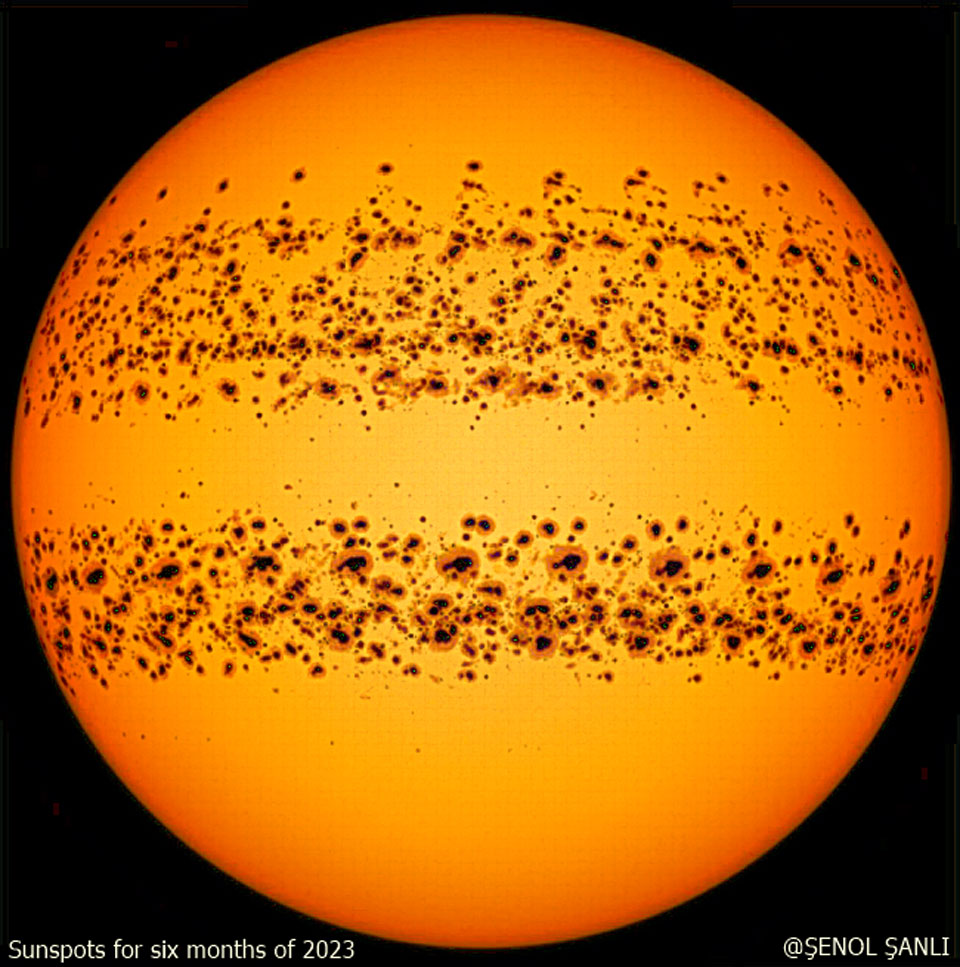



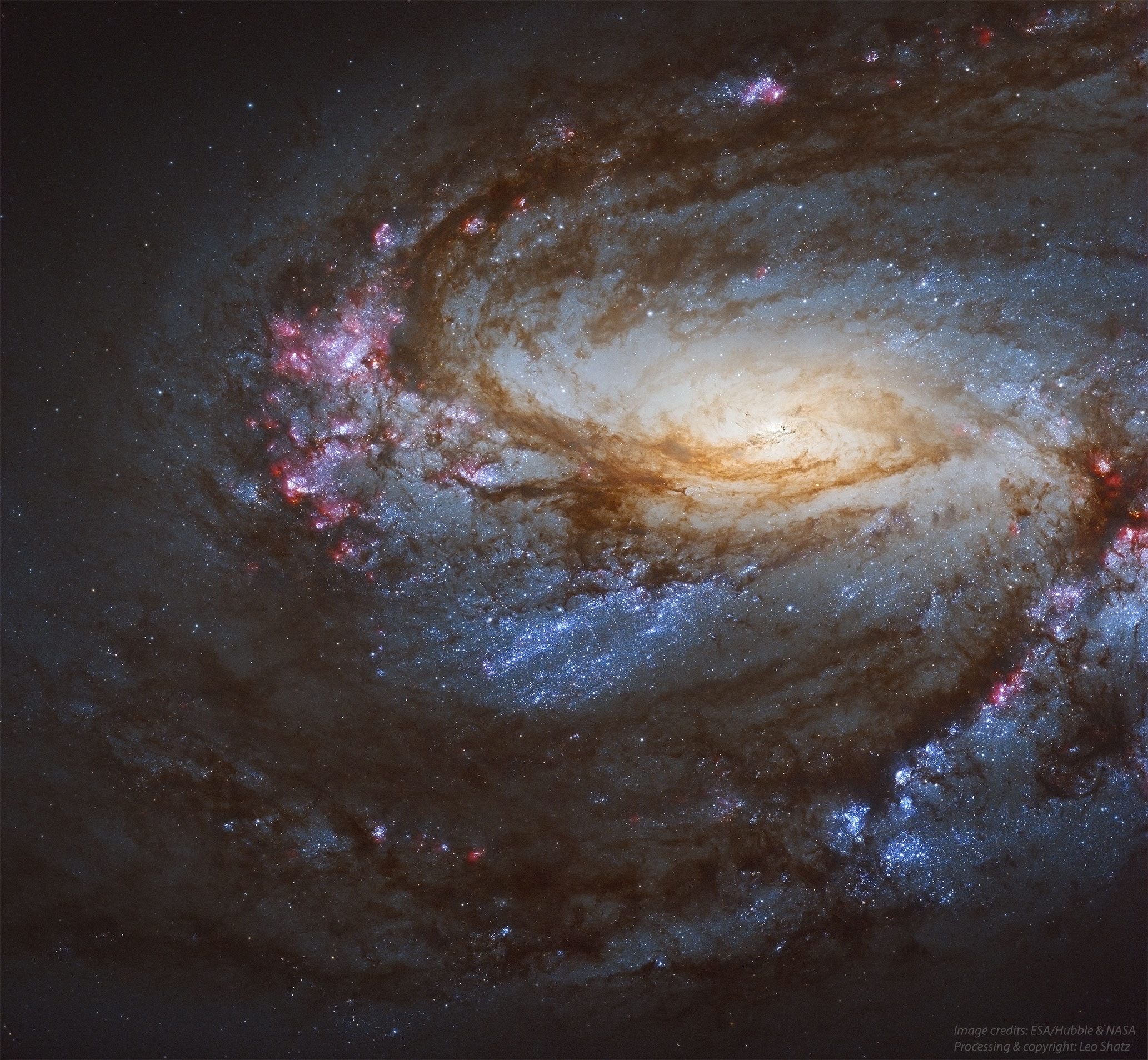
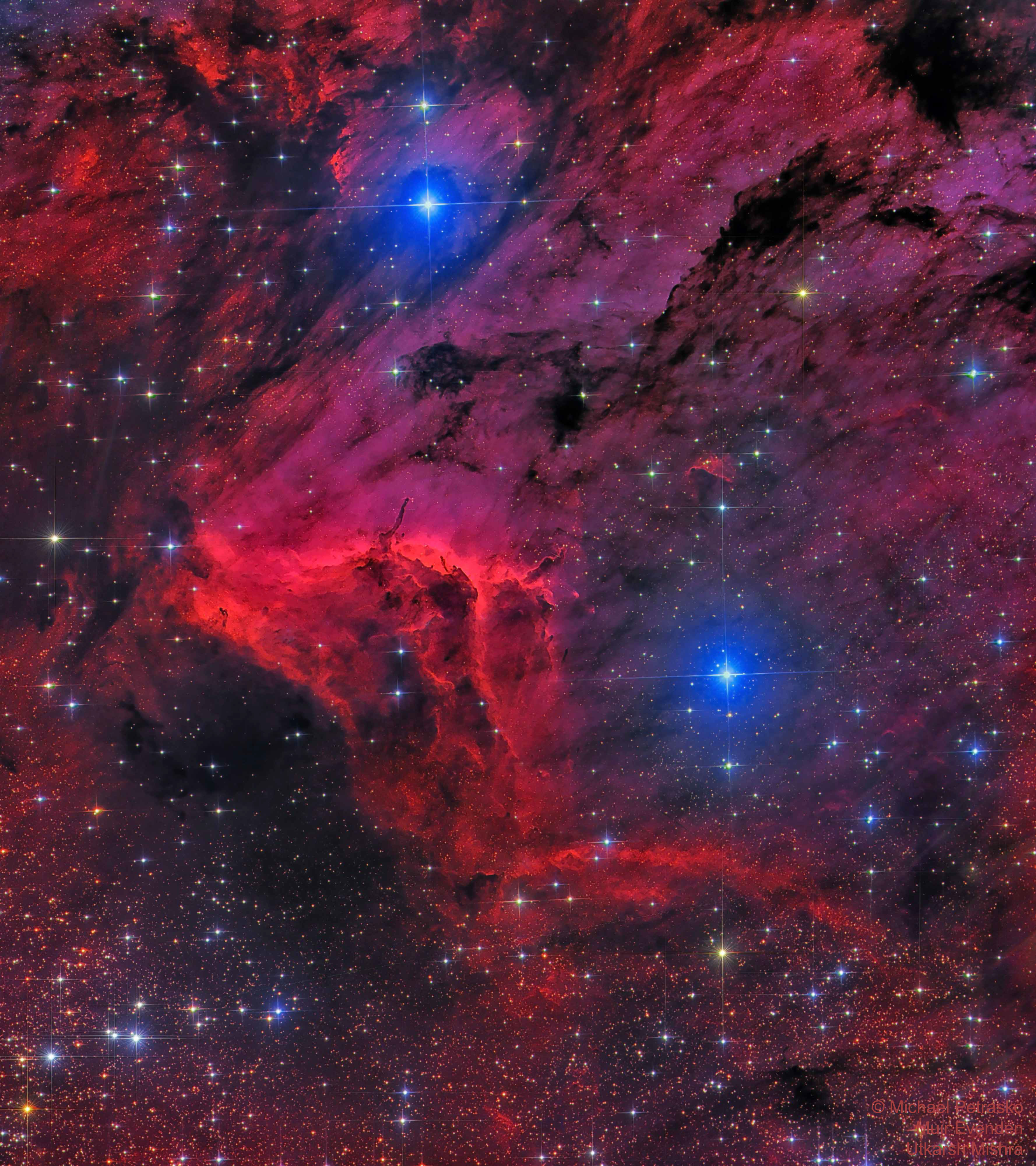
Glad to have you. I used to follow a bunch on Reddit too, waiting to find a good earthporn one here still